By ARIANE LIAZOS
Making Sense of Ohio’s Court System Saturday, October 12, 2019 Heights Library
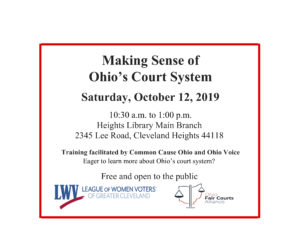
The flyer is here
Making Sense of Ohio’s Court System
Saturday, October 12, 2019
10:30 a.m. to 1:00 p.m.
Heights Library Main Branch
2345 Lee Road, Cleveland Heights 44118
Eager to learn more about Ohio’s court system, how judges are selected, and how you can take action to ensure our courts are fair and impartial? The Ohio Fair Courts Alliance is a nonpartisan engagement project designed to educate Ohioans about challenges and opportunities facing the justice system. In this training, you’ll learn how Ohio’s court system impacts us—from voting rights, gerrymandering, the environment, and education to bail reform, healthcare, and immigration—and what citizens, like you, can do to improve it.
Free and open to the public
Training facilitated by Common Cause Ohio and Ohio Voice
RSVP here for Cleveland Heights
Training facilitated by Common Cause Ohio and Ohio Voice
Before RBG, a Cleveland judge made history; it’s time to recognize Unstoppable Florence Allen: Andrea Simakis Plain Dealer June 30, 2019
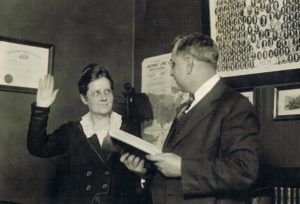 Florence Ellinwood Allen is sworn in as a Common Pleas Court Judge for Cuyahoga County in 1921. Prior to her historic election to the trial court bench, Allen, a mean piano player, wrote music criticism for The Plain Dealer. (Kent State University at Ashtabula)
Florence Ellinwood Allen is sworn in as a Common Pleas Court Judge for Cuyahoga County in 1921. Prior to her historic election to the trial court bench, Allen, a mean piano player, wrote music criticism for The Plain Dealer. (Kent State University at Ashtabula)
Before RBG, a Cleveland judge made history; it’s time to recognize Unstoppable Florence Allen: Andrea Simakis
Plain Dealer June 30, 2019
The link is here
Lake View Cemetery: Eternal home to Cleveland’s most famous residents turns 150 (map, guide to sites) by Laura DeMarco Plain Dealer 6/30/18
Lake View Cemetery: Eternal home to Cleveland’s most famous residents turns 150
(map, guide to sites) by Laura DeMarco Plain Dealer 6/30/18
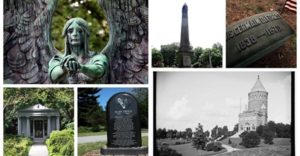
Lynn Ischay, Library of Congress, Plain Dealer Historical Photograph Collection
The link is here
Tennessee Ratifies
Early Voting Hours 2019 Fall Election Cuyahoga County Communities

Read about the election here in this summary by Rich Exner, cleveland.com
•Get a personalized ballot
•Learn where candidates running for office in your community stand on the issues.
•You can print or email the information to use as a reference when you actually vote
vote411.org
#Democracy 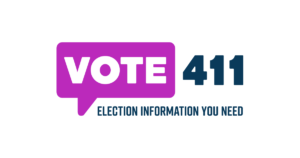
Links to Tapes of Candidate and Issue Forums for Cuyahoga County Communities, Fall 2019
Links to Tapes of Candidate and Issue Forums for Cuyahoga County Communities, Fall 2019
Cleveland Heights Candidate Forum (city council) – Thurs., Oct. 3
Cleveland Heights Charter Amendment Forum – Thurs., Oct. 10
Lakewood Candidate Forum – Wed., Sept. 25
North Olmsted Candidate Forum (school board) – Thurs., Sept. 26
North Olmsted Candidate Forum (council-at-large) – Thurs., Oct. 3
Shaker Heights Candidate Forum (mayor) – Thurs., Sept. 26
Shaker Heights Candidate Forum (city council) – Thurs., Sept. 26
Shaker Heights Candidate Forum (school board) – Thurs., Sept. 26
Try-C Levy Forum – Thurs., Sept. 26
Westlake Tax Renewal and Candidate Forum (school board) – Tues., Oct. 1
These are all produced by LWV Greater Cleveland and their chapters. Click on each one to read specific credit

How Do We Increase Voter Turn Out? a forum on May 29, 2019
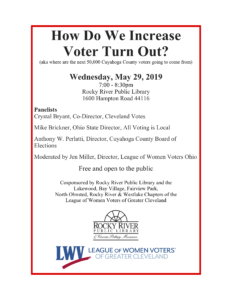 The flyer is here
The flyer is here
The forum summary is here
The video is here
Wednesday, May 29, 2019 7:00 – 8:30pm
How Do We Increase Voter Turn Out?
(aka where are the next 50,000 Cuyahoga County voters going to come from)
Rocky River Public Library 1600 Hampton Road 44116
Panelists
Erika Anthony, Director, Cleveland Votes
Mike Brickner, Ohio State Director, All Voting is Local
Anthony W. Perlatti, Director, Cuyahoga County Board of Elections
Moderated by Jen Miller, Director, League of Women Voters-Ohio
Cosponsored by Rocky River Public Library, Lakewood, Bay Village, Fairview Park, North Olmsted, Rocky River & Westlake Chapters
Food Insecurity in Shaker Heights, a forum on June 13, 2019
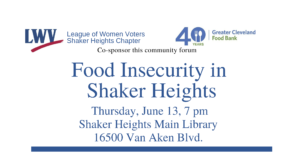 Food Insecurity in Shaker Heights
Food Insecurity in Shaker Heights
How big is the problem? What are we doing about it? How can we do better?
The flyer is here
The slides from the talk by Loren Anthes are here
Forum write up by Ryan Brady
Thursday June 13, 2019 at 7pm
Shaker Hts Public Library Main Branch
16500 Van Aken Blvd. 44120
Hunger is a growing problem in Shaker Hts that is estimated to impact over 5,000 residents yearly including children, adults and seniors. What are we doing to make sure every person has access to the food they need? How can we do better?
Learn from experts, city representatives and volunteers. You can be part of the solution in Shaker Hts.
Panelists will include
•Loren Anthes, The Center for Community Solutions,
•Kimberly LoVano, Director of Advocacy & Public Education Greater Cleveland Food Bank,
•Nancy Moore and Trey Roeder, Shaker Heights City Council,
•Representatives Little Free Pantry in Shaker Hts.
Cosponsored by The League of Women Voters-Shaker Chapter and the Greater Cleveland Food Bank
Links to the organizations mentioned in the forum:


Waterfront Flyways: Two Land Creation Projects in Cleveland By Ian Patrick Mackay, B.A. 2014
Waterfront Flyways: Two Land Creation Projects in Cleveland
By Ian Patrick Mackay, B.A. 2014, The Ohio State University
The link is here
